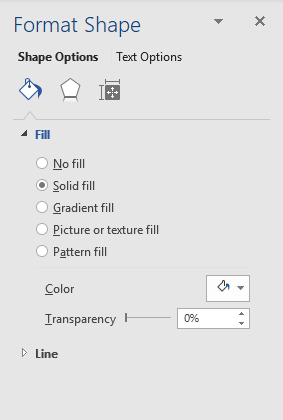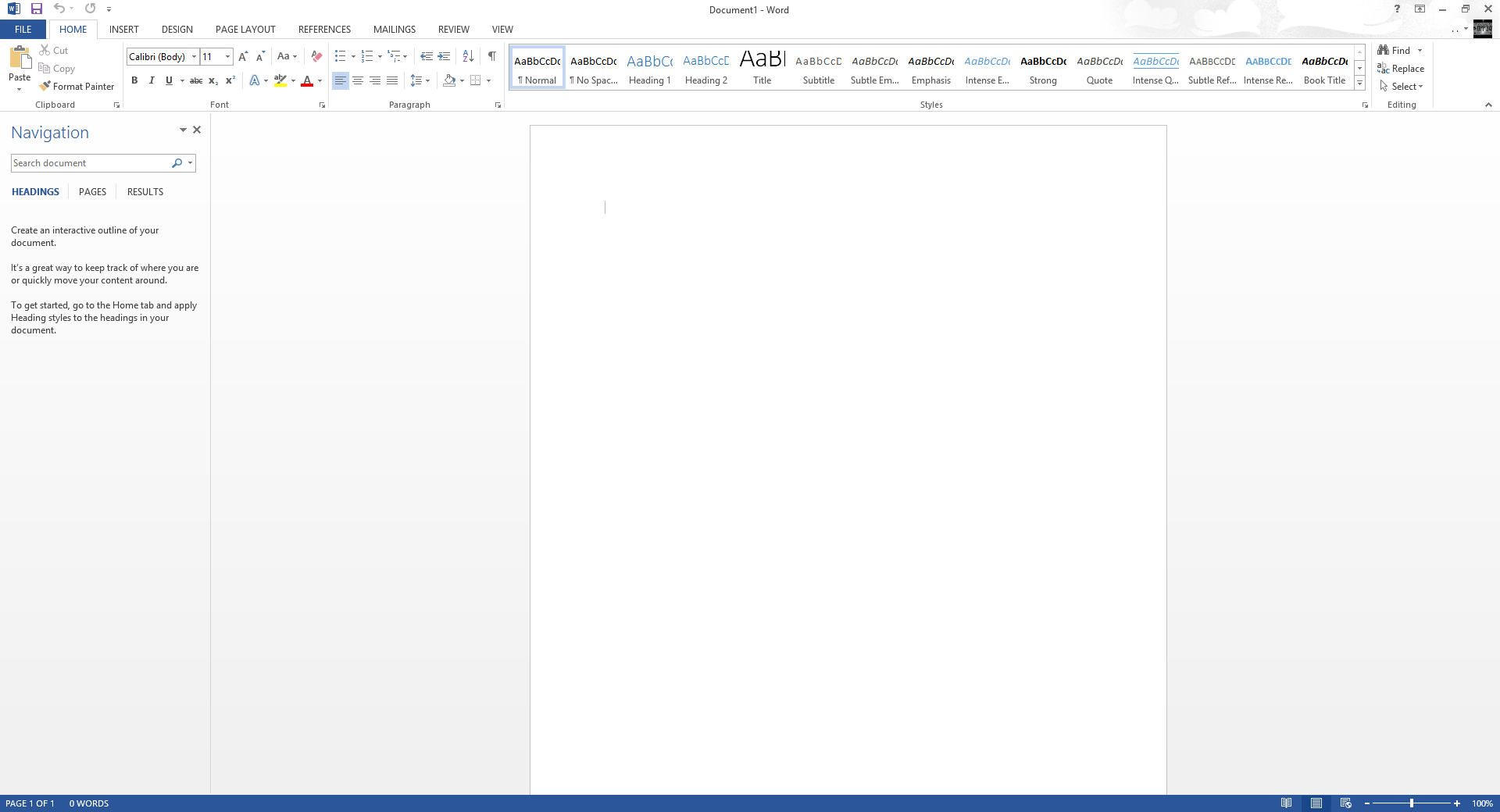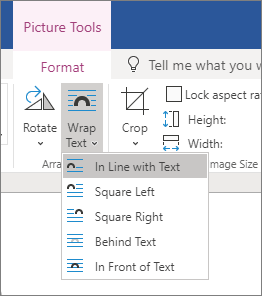

Then choose the option to have Word pop up a warning message before you save, send, or print a document that contains tracked changes. (Why didn’t Microsoft make it active by default, or at least park the option in an easier-to-find location?) To reach it, select File > Options > Trust Center > Trust Center Settings > Privacy Options. But after you save and share a document, those hidden tracked changes could all too easily wind up being viewed by the wrong person-in some cases endangering your reputation.Īlthough Word 2013 has a setting that will warn you that you’re about to save a marked-up file, you must activate the setting manually. This shift may soothe your ego if an editor has ripped your prose to shreds. Instead, Word’s new Simple Markup feature hides tracked changes, marking them with nothing more than a subtle vertical line in the margins. It’s too easy to embarrass yourself This face-saving setting to avoid inadvertently sending a visibly marked-up file should be activated by default.Įdited documents no longer display bright-red altered or deleted text. Unfortunately, those dictionaries won’t work if you’re offline, so pull your print Webster’s out of storage and put it back on your shelf.Ĥ. Only then can you right-click a word, choose Define , and see the relevant definition.
#Select image behind text word 2013 install
Before you can look up a word from within a Word 2013 document, you have to download and install one of a handful of Web-connected Apps for Word dictionaries available from the Microsoft Office Store. The Dictionary is dead To look up a word from within Word 2013, you must first have downloaded a dictionary app and second be connected to the Internet.įor the first time, Word ships without a dictionary. (Somewhat surprisingly, Word treats New Comment and Hyperlink as more popular commands than AutoCorrect for the spelling error context menu.) Regrettably, Microsoft also removed this option from the new spelling task pane.ģ. Microsoft says that this omission reduces “clutter in the spelling error context menu” and thus helps users find popular commands faster, as well as fitting the menu on the screen much better.

That feature is still available, but you can no longer choose to have Word correct the misspelled word fixed automatically every time you accidentally type it. In Word 2010, if you right-clicked an incorrectly spelled word, the program invited you to choose from alternate spellings. One terrible call on Microsoft’s part was its decision to remove AutoCorrect from Word’s Spelling Error Context Menu.

AutoCorrect has moved in the name of reducing ‘clutter.’ 2.


 0 kommentar(er)
0 kommentar(er)
